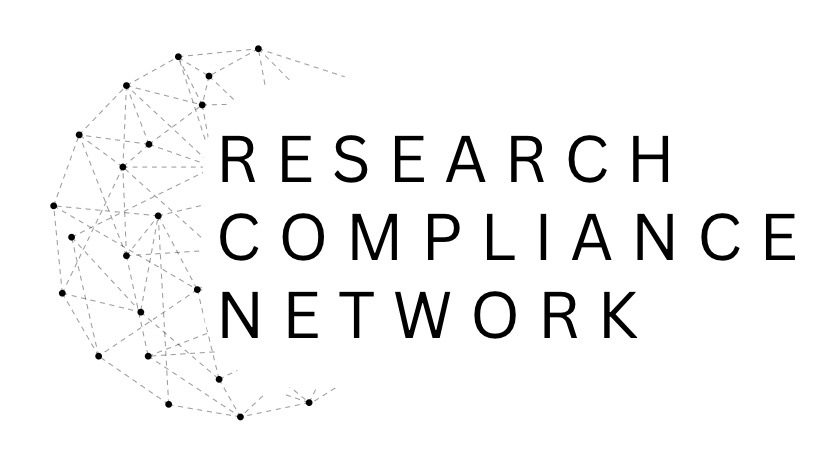Forum Rules:
- Be courteous and respectful.
- Ask questions and discuss topics of interest.
- Share your knowledge and experiences.
- Create connections and a sense of community.
Hello All,
By way of brief introduction, my name is Sola, I am a HRPP Education and Compliance Specialist at Baystate Health in Springfield, MA.
I have a question for the community which I am hoping may spark an informative and engaging conversation.
How does your institution decide which not for cause studies to review/audit? I am curious about the process on selecting these studies. Is it randomized, if so how do you randomized? Do you pick a risk factor, if so how do you pick the risk factor?
A little about Baystate, we are a multi-hospital institution with a small research portfolio. Some PIs have a larger portfolio than others, their names may come up more often. We would like to be fair in our process when selecting studies. We want to ensure we are engaging with all PIs conducting research.
We are in the process of program evaluation to assure that we are selecting studies in a fair and equitable fashion.
I look forward to this engaging conversation.
Have a great day,
Sola
@osodesina Hi Sola! Here at Stony Brook University, we take a similar approach that is largely risk-based. Following risk, we also consider a number of other aspects. Some examples:
PIs with a large number of open and active studies
Studies where the PI is new to the university or to research
Studies that include vulnerable populations
Subject safety or noncompliance issues
Involvement of investigational drugs or devices
Collection of sensitive data
…and others! I hope this helps.
Hi Sola,
At the University of Michigan, we utilize a risk based approach to select studies for routine audit because our research portfolio is so large. We focus on Investigator-Initiated research and within that pool of studies, focus on certain risk criteria, for example: greater than minimal risk, clinical trial, federal funding, etc. We prioritize risk criteria for routine audit selection at the beginning of each fiscal year and risk criteria could change depending on audit trends, new policy/regulatory areas, leadership input, etc.

